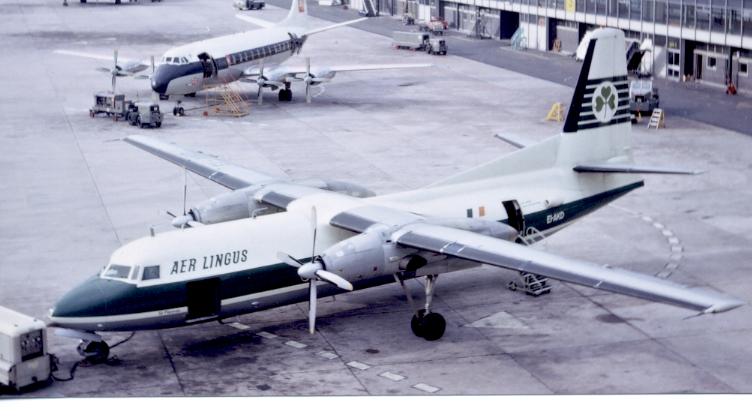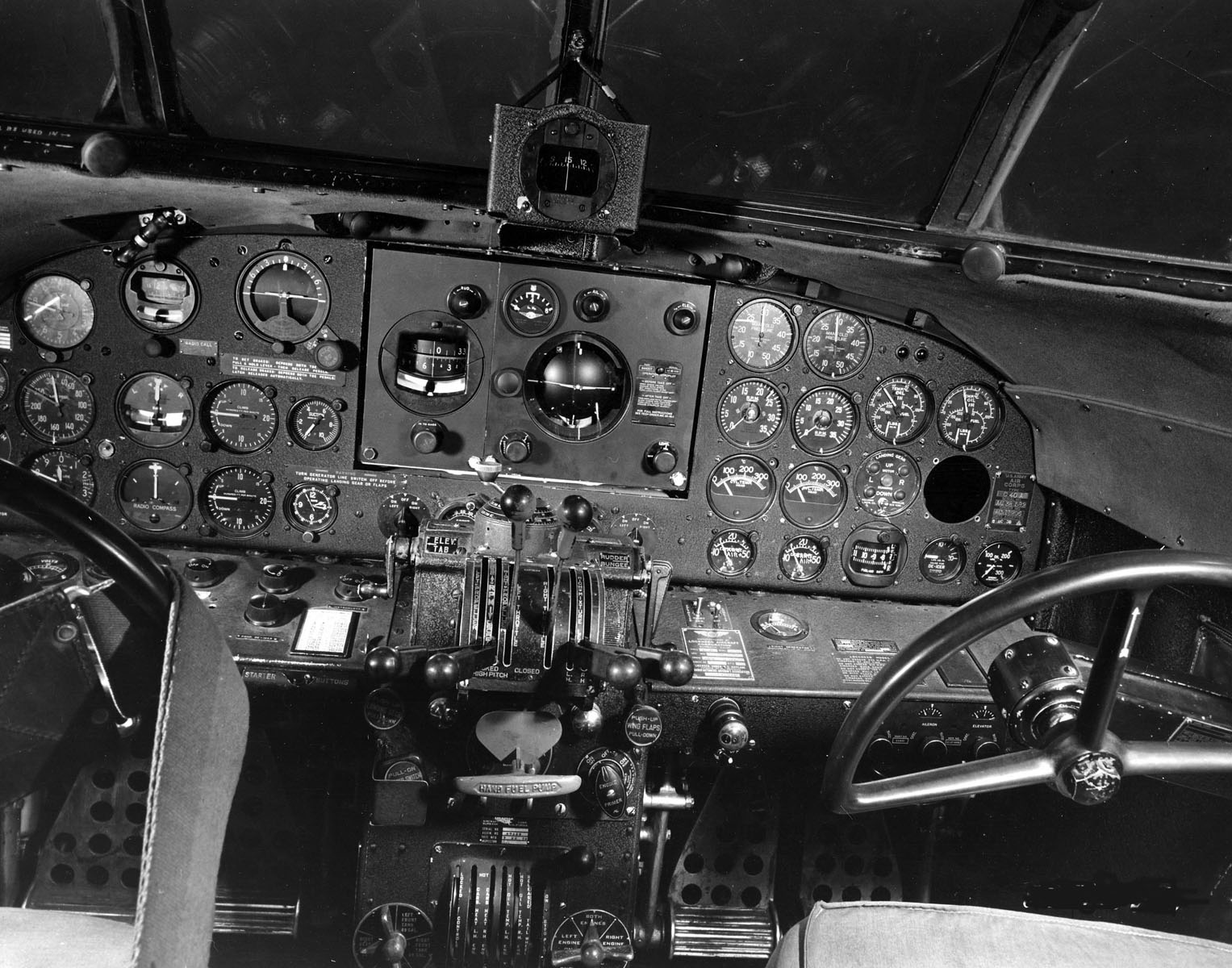|
Militaire Luchtvaart Museum
The Militaire Luchtvaart Museum was located at Camp Zeist near the former Soesterberg Air Base. It was the official museum of the Royal Netherlands Air Force. In 2006 the Ministry of Defence decided to merge three military museums in the Netherlands into the Nationaal Militair Museum, located at the former Soesterberg Air Base. The new museum opened in 2013. Collection * Auster Mark III * Bölkow Bo-105CB * Breguet Br.1150 Atlantique * Cessna T-37 Tweet (In storage at Soesterberg AB) * Convair F-102A Delta Dagger * Dornier Do 24K * Douglas C-47 Dakota "Skytrain" * Fokker D.VII * Fokker D.XXI * Fokker G.1A * Fokker S.11 "Instructor" * Fokker S.14 "Machtrainer" * Fokker F27-300M Troopship * General Dynamics F-16A * Gloster Meteor Mk.4 * Grumman S-2A Tracker * de Havilland DH-82 Tiger Moth * de Havilland Dominie DH-89B * de Havilland Canada DHC-2 Beaver * Hawker Hunter F.Mk.4 * Hawker Sea Fury F.B.51 * Hawker Sea Hawk FGA.50 * Hiller OH-23C Raven * Koolhoven FK. ... [...More Info...] [...Related Items...] OR: [Wikipedia] [Google] [Baidu] |
Fokker F-27 300M
Fokker was a Dutch aircraft manufacturer named after its founder, Anthony Fokker. The company operated under several different names. It was founded in 1912 in Berlin, Germany, and became famous for its fighter aircraft in World War I. In 1919 the company moved its operations to the Netherlands. During its most successful period in the 1920s and 1930s, it dominated the civil aviation market. Fokker went into bankruptcy in 1996, and its operations were sold to competitors. History Fokker in Germany At age 20, while studying in Germany, Anthony Fokker built his initial aircraft, the ''Spin'' (Spider)—the first Dutch-built plane to fly in his home country. Taking advantage of better opportunities in Germany, he moved to Berlin, where in 1912, he founded his first company, Fokker Aeroplanbau, later moving to the Görries suburb just southwest of Schwerin (at ), where the current company was founded, as Fokker Aviatik GmbH, on 12 February 1912. World War I Fokker capitalized on ... [...More Info...] [...Related Items...] OR: [Wikipedia] [Google] [Baidu] |
Fokker F27
The Fokker F27 Friendship is a turboprop airliner developed and manufactured by the Dutch aircraft manufacturer Fokker. It is the most numerous post-war aircraft manufactured in the Netherlands; the F27 was also one of the most successful European airliners of its era. The F27 was developed during the early 1950s with the intent of producing a capable successor to the earlier piston engine-powered airliners that had become commonplace on the market, such as the Douglas DC-3. A key innovation of the F27 was the adoption of the Rolls-Royce Dart turboprop engine, which produced substantially less vibration and noise which provided improved conditions for passengers; another major comfort feature was cabin pressurisation. Innovative manufacturing techniques were also employed in the aircraft's construction. On 24 November 1955, the F27 made its maiden flight; on 19 November 1958, the type was introduced to revenue service. Shortly after its introduction, the F27 was recognised a ... [...More Info...] [...Related Items...] OR: [Wikipedia] [Google] [Baidu] |
Lockheed Model 12 Electra Junior
The Lockheed Model 12 Electra Junior, more commonly known as the Lockheed 12 or L-12, is an eight-seat, six-passenger all-metal twin-engine transport aircraft of the late 1930s designed for use by small airlines, companies, and wealthy private individuals. A smaller version of the Lockheed Model 10 Electra, the Lockheed 12 was not popular as an airliner but was widely used as a corporate and government transport. Several were also used for testing new aviation technologies. Design and development After Lockheed had introduced its 10-passenger Model 10 Electra, the company decided to develop a smaller version which would be better suited as a " feeder airliner" or a corporate executive transport.O'Leary 2001, p. 1. At the same time, the U.S. Bureau of Air Commerce had also sensed the need for a small feeder airliner and announced a design competition for one. In order for a candidate to qualify for the competition, a prototype had to fly by June 30, 1936.O'Leary 2001, p. 3. Lockhe ... [...More Info...] [...Related Items...] OR: [Wikipedia] [Google] [Baidu] |
T-33 Shooting Star
The Lockheed T-33 Shooting Star (or T-Bird) is an American subsonic jet trainer. It was produced by Lockheed and made its first flight in 1948. The T-33 was developed from the Lockheed P-80/F-80 starting as TP-80C/TF-80C in development, then designated T-33A. It was used by the U.S. Navy initially as TO-2, then TV-2, and after 1962, T-33B. The last operator of the T-33, the Bolivian Air Force, retired the type in July 2017, after 44 years of service. Design and development The T-33 was developed from the Lockheed P-80/F-80 by lengthening the fuselage by slightly more than 3 feet (1 m) and adding a second seat, instrumentation, and flight controls. It was initially designated as a variant of the P-80/F-80, the TP-80C/TF-80C. Design work on the Lockheed P-80 began in 1943, with the first flight on 8 January 1944. Following on the Bell P-59, the P-80 became the first jet fighter to enter full squadron service in the United States Army Air Forces. As more advanced jet ... [...More Info...] [...Related Items...] OR: [Wikipedia] [Google] [Baidu] |
Koolhoven F
N.V. Koolhoven was an aircraft manufacturer based in Rotterdam, Netherlands. From its conception in 1926 to its destruction in the Blitzkrieg in May 1940, the company remained the second major Dutch aircraft manufacturer (after Fokker). Although many of its aircraft were as unsuccessful economically as they were brilliant from a design standpoint, the company managed to score several 'hits', amongst them the Koolhoven FK-58, FK-58 single-seat monoplane fighter, the Koolhoven F.K.50, FK-50 twin-engine passenger transport, and the Desoutter Mk.II, FK-41, built in England under licence by Desoutter. History In 1920, aircraft designer Frederick Koolhoven, Frederick 'Frits' Koolhoven returned from England to his native Netherlands. The postwar years had not been good to him; the British Aerial Transport, British Aerial Transport Company for which he was chief designer went bankrupt and all other manufacturers were struggling for survival too hard to think of hiring. The Netherlands, Ko ... [...More Info...] [...Related Items...] OR: [Wikipedia] [Google] [Baidu] |
OH-23 Raven
The Hiller OH-23 Raven is a three-place, military light observation helicopter based on the Hiller Model 360. The Model 360 was designated by the company as the UH-12 ("UH" for United Helicopters),Donald, David. ''The Complete Encyclopedia of World Aircraft''. New York: Barnes & Noble Books, 1998. which was first flown in 1948. Development In 1947, United Helicopters (later renamed Hiller Aircraft) developed the prototype Model 360X helicopter. A year later, on 14 October 1948 the Civil Aeronautics Authority (CAA) issued a production certificate for the Model 360. United Helicopters began producing the Model 360 as the UH-12. In 1949, the UH-12 became the first helicopter to make a transcontinental flight from California to New York. When Hiller upgraded the engine and the rotor blades, the company designated the new model as the UH-12A. It was the UH-12A that would be adopted by both the French and United States militaries, as well as being used by civil commercial operators ... [...More Info...] [...Related Items...] OR: [Wikipedia] [Google] [Baidu] |
Hawker Seahawk
The Hawker Sea Hawk is a British single-seat jet day fighter formerly of the Fleet Air Arm (FAA), the air branch of the Royal Navy (RN), built by Hawker Aircraft and its sister company, Armstrong Whitworth Aircraft. Although its design originated from earlier Hawker piston-engined fighters, the Sea Hawk was the company's first jet aircraft. Following acceptance in the RN, the Sea Hawk proved to be a reliable and sturdy workhorse. A considerable number were also produced for the export market and were operated from aircraft carriers in Dutch and Indian service. The last operational Sea Hawks, operated by the Indian Navy, were retired in 1983. Design and development Origins Towards the end of the Second World War, Hawker's design team had become increasingly interested in developing a fighter aircraft that took advantage of the newly developed jet propulsion technology. Prior to this, Hawker had been committed until late 1944 to the production and further development of its pis ... [...More Info...] [...Related Items...] OR: [Wikipedia] [Google] [Baidu] |






